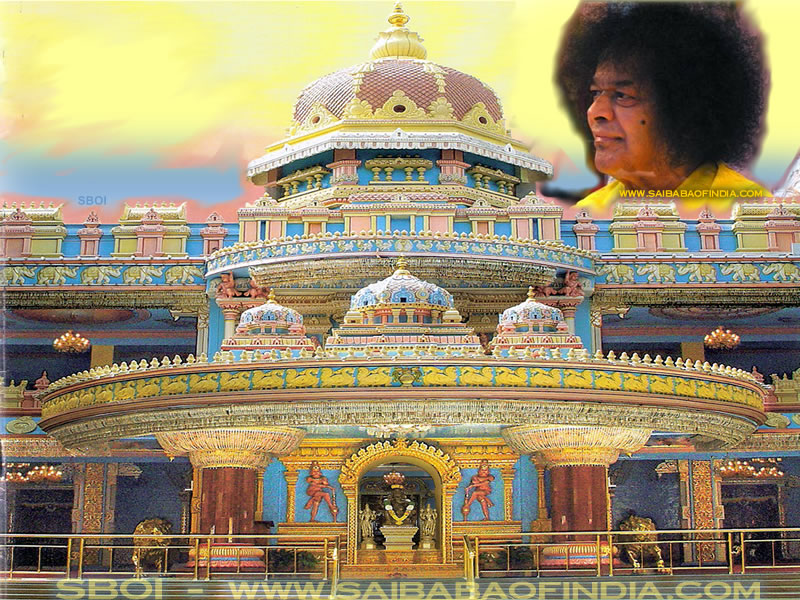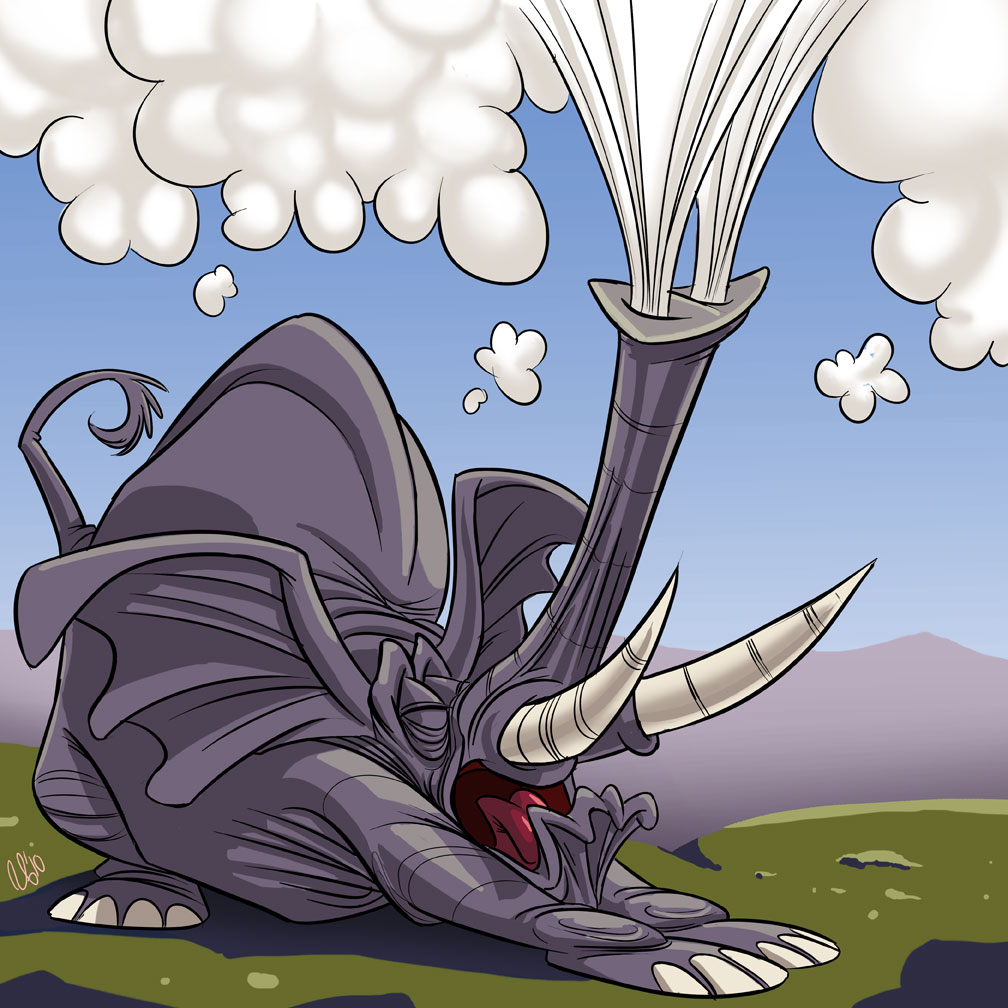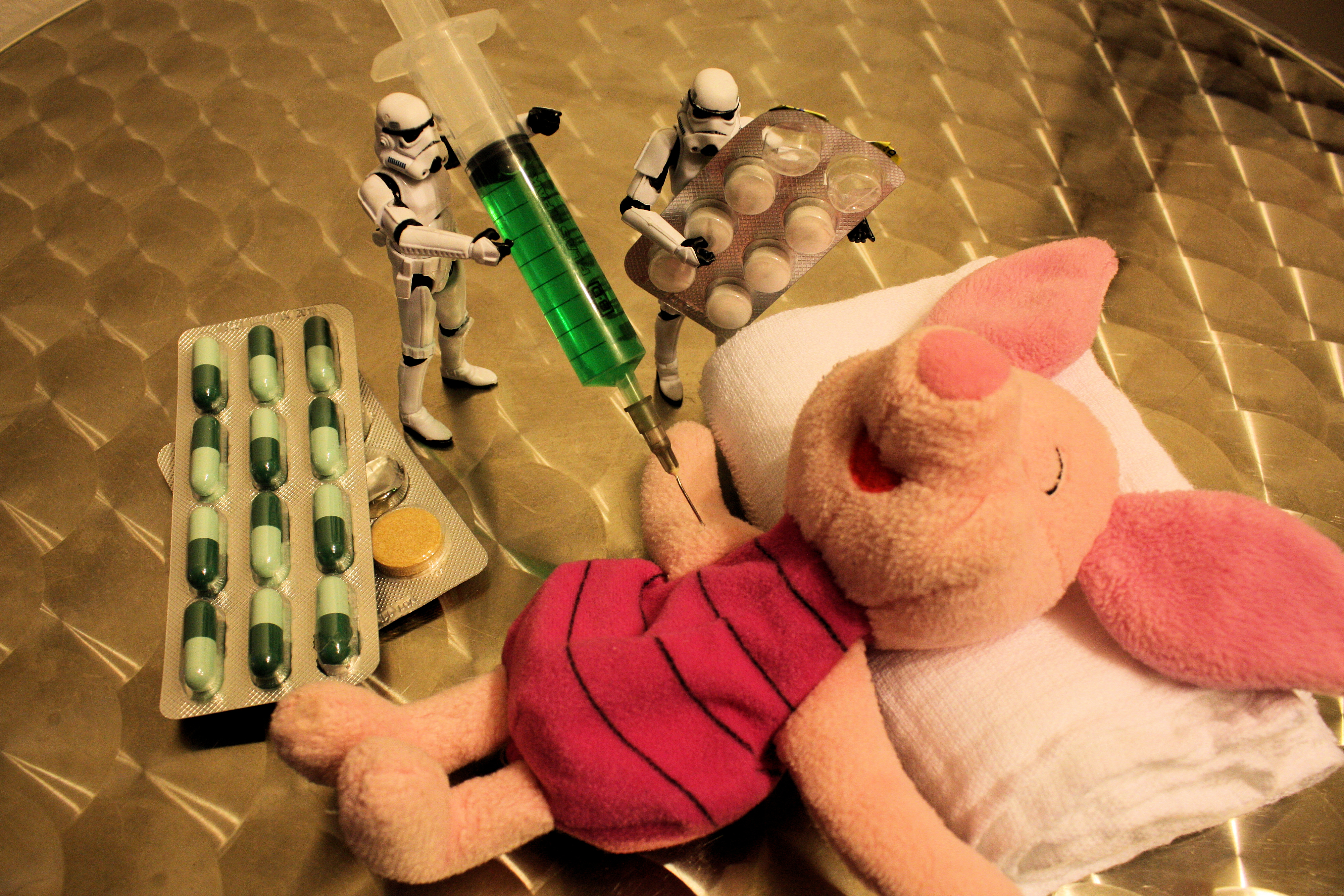பூரி ஜகன்னாத் கோவிலில் மன்னர் முன்னிலையில் ஜயதேவரின் அஷ்டபதி அரங்கேறியது.
ராம காவியத்தை நரசிம்ஹ ஸ்வாமி சன்னதிக்கு முன் உள்ள நான்கு கால மண்டபத்தில் கம்பர் அரங்கேற்றினார்.
கந்த புராணத்தை கச்சியப்ப சிவாச்சாரியார் கந்தகோட்டத்தில் முருகனின் ஆசியுடன் அரங்கேற்றினார்.
தில்லை மாநகர் சிதம்பரத்தில் பெரிய புராணத்தை சேக்கிழார் நடராஜப் பெருமாள் முன் அரங்கேற்றினார்.
அருணகிரிநாதர் திருப்புகழின் முதல் பாடலினை திருவண்ணாமலை கோபுர அடிவாரத்திலிருந்து துவக்கினார்.
கந்த சஷ்டிக் கவசத்தை ஈரோடு சென்னிமலைப் முருகப் பெருமாள் முன்னர் ஸ்ரீ பாலன் தேவராய ஸ்வாமிகள் அரங்கேற்றினார்.
வைனதேயர் (கருடன்) அவர்முன் தோன்றி அவருக்கு ஹயவதனர் விக்ரஹத்தை அருளினார். அந்த விக்ரஹத்தை ஆராதித்து அவரை ஸ்தோத்திரம் செய்து, ஹயக்ரீவரது ஆசி பெற்று பல கிரந்தங்களை இயற்றினார்.
நிகமாந்த மஹா தேசிகர் ஸ்வாமிகள் அரங்கேற்றிய ஸ்தோத்திர கிரந்தங்கள் பின்வருமாறு
திருக்கோவிலூர் தேஹலிச ஸ்துதி
திருபுட்குழி ஸுதர்சனாஷ்டகம், பரமார்த்த ஸ்துதி
திருத்தண்கா சரணாகதி தீபிகா
திருவேளுகை காமஸிகாஷ்டகம்,
அஷ்டபுயகரம் அஷ்டபுஜாஷ்டகம்
யதோக்தகாரி யதோக்தகாரி ஸ்தோத்ரம்
ஸ்ரீவில்லிபுத்தூர் கோதாஸ்துதி
காஞ்சி பெருந்தேவி தாயார் ஸ்ரீ ஸ்துதி
ஸ்ரீரங்கம் தசாவதார ஸந்நிதி தசாவதார ஸ்தோத்திரம்
(Kindly add more information about this subject to enable me to update this post)



























